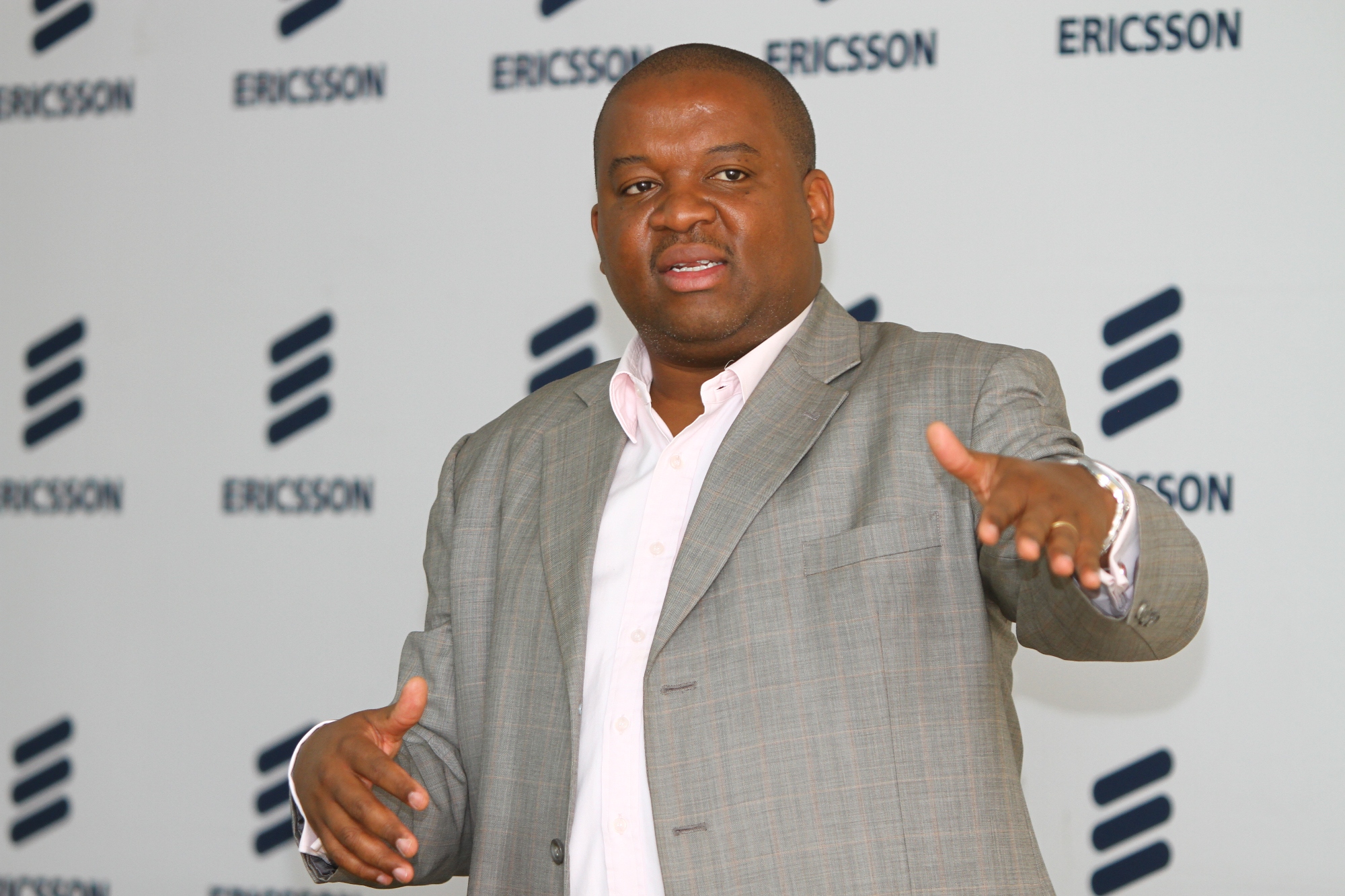
Global telecoms solutions provider, Ericsson is advocating for the adoption of the open access model. This comes in time as Kenya’s IT sector is preparing to benefit from faster connectivity and Internet speeds arising from the deployment of 4G or Long-Term Evolution (LTE) networks.
In a media workshop on LTE held today, David Ochanda, Ericsson Kenya business development director, said that the open access model would ensure that all parts of the country are covered by the technology, resulting to enhanced broadband penetration in the country.
With open access infrastructure will be made available to clients other than the owners for a fee. Open access being telecoms and in this case the LTE.
“The Open Access model – if adopted by the Kenya government and by extension the IT industry – will see the network being deployed countrywide. When left to deploy the LTE network as proposed in the consortium model, the MNOs will only focus on high potential areas where they can get maximum revenues thereby further minimizing access to broadband services by under-served regions,” said Ochanda.
He added that Kenya was meant to be the pioneer in Open Access before other countries in the region can learn from it. However, this is not the case,he thought, as this has been realized by Rwanda and is expected to lead the region by deploying its LTE through the Open Access.
Ericsson’s workshop came at a time when various models have been proposed for the LTE deployment in the country, through the state regulator Communications Commission of Kenya (CCK) forming a 9-member association to lead the deployment.
The 9-member LTE association includes the Kenya government (through Treasury) as well as Safaricom, Telkom Kenya-Orange, Airtel, Essar Telecom’s yuKenya, KDN, MTN, Alcatel-Lucent and Epesi Communications. It was set up to implement the initial phase of the country’s LTE project at cost of Kshs 8.4 billion.
The mobile network operators in the association – Safaricom, Telkom Kenya, Airtel and yuKenya – were expected to provide their masts and BTS under a shared-infrastructure model while the equipment makers reach a formula on how to roll out the network.
Notably, Ericsson proposed to build a country-wide 4G/LTE network for free and recover the costs after a 15-year period.
Industry statistics indicate that by 2020, it is projected that the ICT industry will have moved to 5G technology, with much of the data traffic expected to come from smart devices like home appliances rather than phones and tablets.




